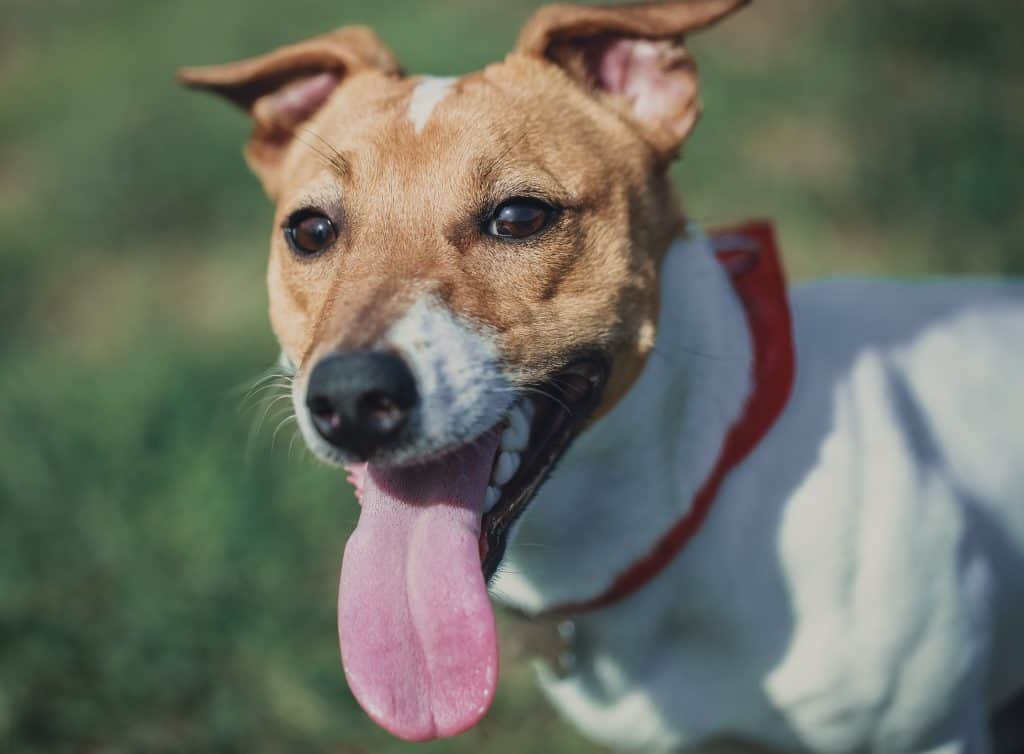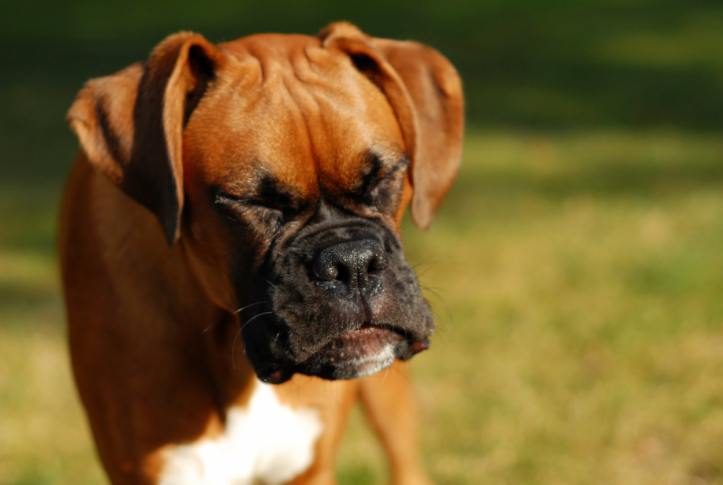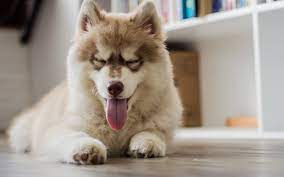#pets_tuttorial #jane_brody #pet_blog #pet_training #pet_products_reviews #best_dog_products #best_cat_products
Imagine your dog making those horrible sounds of gasping and wheezing! What’s happening? Do you believe that your dog is breathing normally? Is it something to be worried about?
The reverse sneezing phenomenon, which is sometimes called Pharyngeal Reflex (or Paroxysmal Respiration ), is a frequent respiratory problem in dogs . It’s typically result of a muscle spasm, which is felt in the dog’s soft palate, as well as the laryngeal area of. It is often referred to as reverse sneeze because of the fact that it’s an indication that the dog breathes from the inside instead of exhaling as normal sneezes.

Although any breed of dog can suffer from this frequently occurring respiratory issue, it is more prevalent among smaller breeds. Short-faced dogs, like Boston Terriers, Boxers Bulldogs, Pugs, and Shih Tzus are thought to be at higher risk of having reverse-nose and sneezing.
If the issue doesn’t go away immediately Try using the tongue to force Fido to expand his mouth and allow air to move through his nasal passages. If the instances of reverse sneezing have become more frequent or threatening or are associated with other symptoms, it’s important to talk to your veterinarian concerning the dog’s throat as well as nasal passages.
Is your dog in respiratory distress?
If you’re inclined to reacting too quickly (always keep your cool, thinking that it’s safer to remain at an appropriate separation) The dog you are caring for is most likely not suffering from breathing anxiety. Most likely, your dog has a condition like the “reverse sneezing” condition discussed below.
It is important to understand what is happening!
Acute Respiratory Stress Disorder (ARDS) is similar for dogs and humans alike. This is particularly applicable to those who are Covid-19, which can lead to ARDS and, eventually, death in many human patients.
ARDS in dogs could cause range of illnesses, such as:
-
- Sepsis (infection of the blood)
-
- Pancreatitis
-
- Pneumonia
-
- The disease is associated with a range of other illnesses
-
- Grave traumas (such as drowning)
The symptoms and signs of ARDS can include:
-
- An increase in the rate of respiration (heavy breathing)
-
- Skin discoloration that is blue and Mucous membranes (blue gums)
-
- Coughing
-
- A fluid pinkish foamy liquid originating from either the nose or mouth
-
- Coughing and coughing after coughing
-
- Congestion nasal
-
- Intense exercise
-
- Fainting
Is My Dog Having an Allergic Reaction?
Are your pet’s feet begging for air due to the severity of an allergic reaction (anaphylaxis)? Most dogs are more sensitive to allergens as compared to humans, with reactions typically (but not ever) manifesting on the dog’s skin as a rash of allergic reaction.
This is an advantage of evolution for animals! Pets can’t self-medicate and are treated with the same medications that we do in the situation of a respiratory attack. If the respiratory tract of a dog is closed, it will be in a state of suffocation (unless it’s medically treated prior).
However, it is still feasible.

In rare instances, the airway in dogs can close as a result due to an extreme allergic reaction However, it’s very rare. If it happens, it’s possible to take an anti-inflammatory medication (such as epinephrine) to open the airways as well as dilate the bronchial tube (open for airflow through the lung). It is recommended to discuss this with your physician!
Is your Dog Panting Heavily or Breathing Heavily?
A dog’s primary method for getting rid of sweat and heat. It could be due to a variety of causes however, excessive breathing may be a result of training. Are you able to discern the difference?
What are Brachycephalic Dog Breeds?
The majority of dog breeds were created by humans in order to have smaller skulls. However, this doesn’t mean that the respiratory tract of dogs isn’t lengthy! It could be due to less space available for this specific part within the human body.
It’s usually not specific to the genetic changes. It’s the result of human intervention and isn’t good to the long-term survival of the breed.
If you allow your dog less space to allow air circulation? There is a chance that you will encounter breathing issues. This could be the exact situation but there’s a precise description of the issue.
Brachycephalic Airway Disorder is the term used to describe a set of airway disorders in the upper region of the body. These issues are affecting dogs with skulls that are smaller.
A handful of Brachycephalic dog breeds include:
-
- French Bulldog
-
- Boxer
-
- Pug
-
- Boston Terrier
-
- English Bulldog
-
- Pekingese
-
- Lhasa Apso
-
- Shih Tzu
Dog breeds with these traits are often unable to breathe. Some don’t enjoy exercising.
In addition, pet owners must be aware of dogs that are in the water , as they generally aren’t swimming well.
Because of the fluctuation in the pressure of air due to variations in pressure in the air when flying with this breed isn’t advised, as the chance of developing respiratory issues increases.
Is my dog’s trachea collapsing?
The trachea, also referred to by the name of windpipe is comprised of numerous cartilage rings that connect the lungs to the throat. Dogs are unable to respire with out the trachea.
When your pet pulls when on walks, and you notice an wheezing sound, it is likely that it is because the collar has been pressing into the throat. You might consider purchasing a harness for your pet instead!
Slip collars (i.e. the famous choke chain) could cause a truncation in the trachea, and cause wheezing if they are not used correctly.
What is “Reverse Sneezing” and why is my dog doing it?
Some dogs suffer from an illness known as paroxysmal respiratory, which is also called “reverse sneezing”. Your dog might take in air fast through his nose and then expel it in the same way.
The dog may produce the sound of Snorring that seems to breathe in and sneeze around the same simultaneously.
Although the precise cause isn’t known, it is believed that it’s caused by irritation in the nasal sinus or nasal cavity. The majority of the time, it’s not a cause to worry about too much however, it can look like your dog is asking for air.
What can I do if my dog is gasping for air?

Are your pet’s signs a sign of breathing problems? It is necessary to use some of your expertise as human beings. Be calm no matter the circumstances!
If your dog is in a dangerous situation that puts him in danger the first reaction of every dog owner would be one fear. At the end of the day it is our kids! It can be extremely difficult to focus when you’re suffering from extreme anxiety and fear. The more calm you are, better your pet’s odds of being successful.
The way dogs evaluate situations is often based on the way their handlers react to their circumstances. Stressed humans can cause the dog feel more stressed and create an already stressful situation.
The post Why Is My Dog Gasping For Air? appeared first on Pets Tutorial.
by petstutorial via Pets Tutorial
Không có nhận xét nào:
Đăng nhận xét